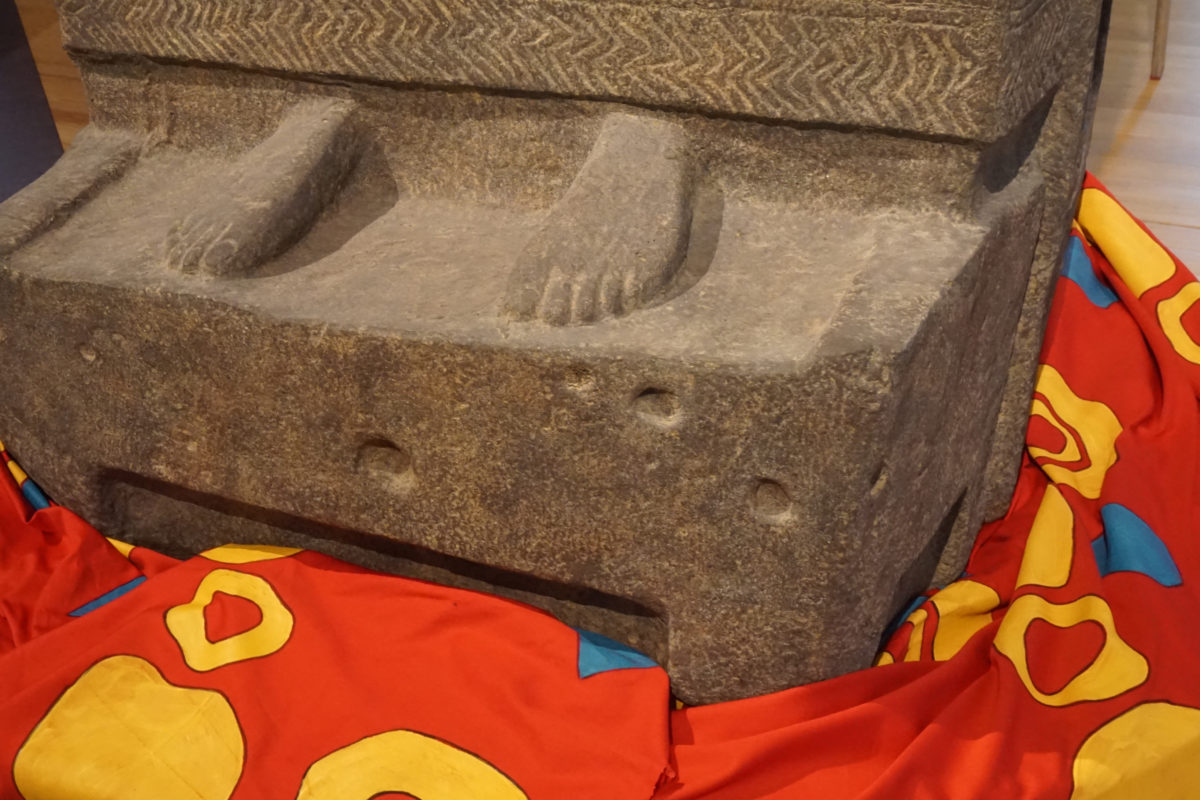Amargî

Team
Center for Jineology Research (Navenda Jineolojî), Rojbîn Women’s Council (Frauenrat Rojbîn) of Hamburg, Komîna Film a Rojava (Rojava Film Commune) and Weqfa Jina Azad a Rojava (the Free Women’s Foundation of Rojava)
The discussion started with the Mesopotamian basalt statues from Tell Halaf in Berlin’s Pergamon Museum. The hill lies on the border between Syria and Turkey, in a region that Kurdish troops (SDF) liberated from IS in 2016. This region became the center of a political experiment under the name “Rojava”: a self-government in which all offices were filled with a dual leadership to guarantee gender parity and in which national, ethnic and religious affiliations were to play no role. For Rojava, the 3000-year-old basalt statues pointed the way. The double-seat sculpture, whose actual function remains obscure, reflects the ideal of gender parity for today’s generations. The “enthroned goddess” (the name is fictitious) was addressed as the big, powerful sister of the feminist fighters in the region – as a counter image to the misogynistic terror of the IS. In short, Amargî addressed question of cultural heritage and forms of its appropriation. These forms were allowed to be fictitious.